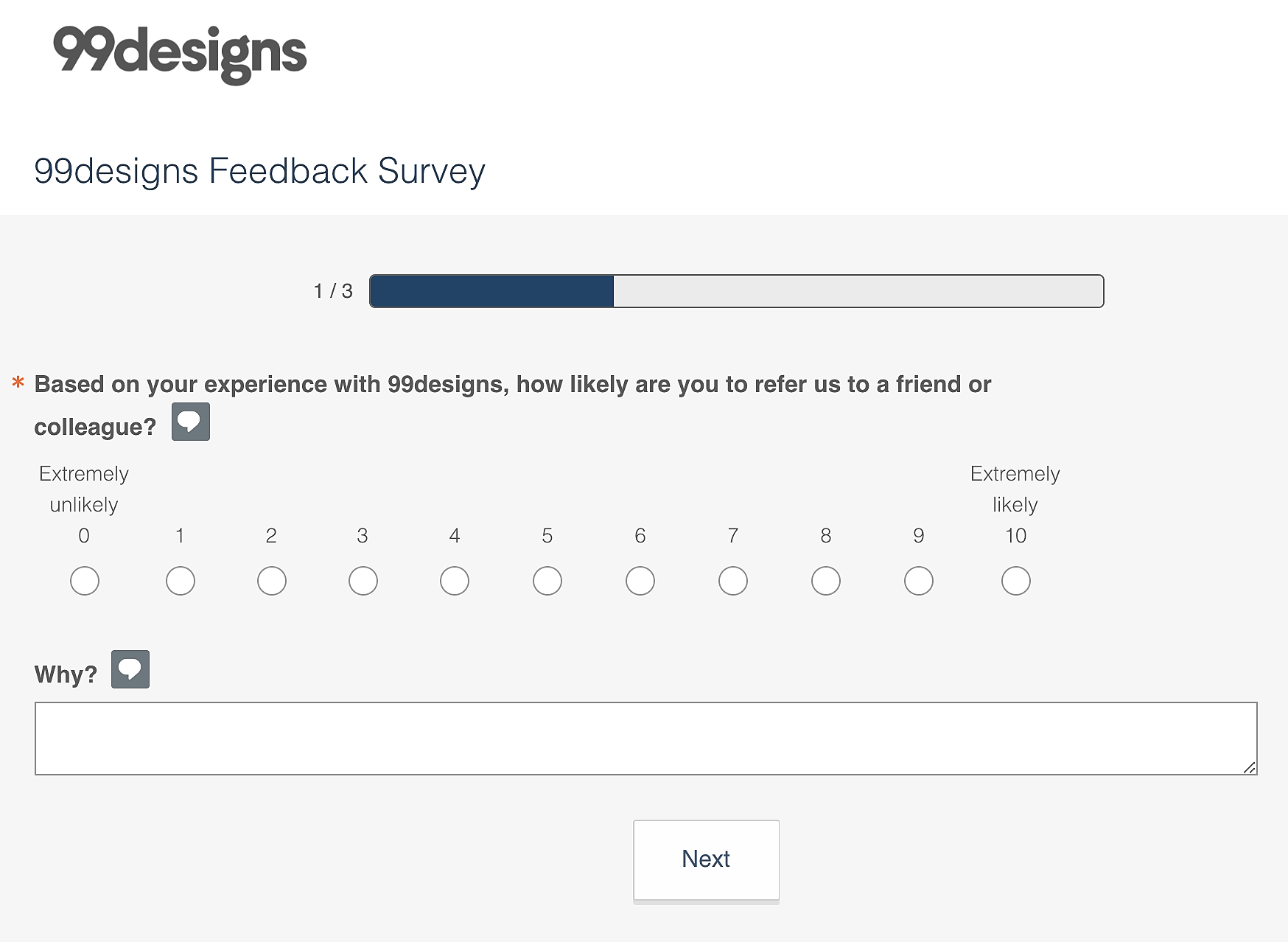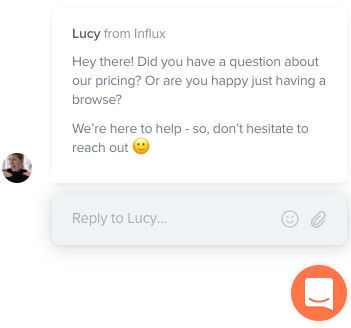Nurturing your customer relationships is one of the best – and most proven – ways to grow your business. Successful customers generally spend more and refer more customers to you.
While most companies focus on selling more and solving immediate support ticket problems, it’s often easiest to just support your customers more when they’re actually trying to do something.
I set out to find practical examples of things I could implement in a single work sprint to do just that. From my own research and interviews with some of the support leaders who seem to be doing the impossible, I found five simple opportunities.
Engage and empower your community
As positive and negative word of mouth spreads around the web more and more rapidly, providing an outstanding customer experience online is more important today than ever before.
According to a recent study with Edison, answering a complaint online increases customer advocacy by as much as 25%. While volume may naturally be increasing through your socials, this shouldn’t be the only driving factor to increase engagement with your community.
As Gary Vaynerchuk says:
“You have to be no less than a customer concierge, doing everything you can to make every one of your customers feel acknowledged, appreciated, and heard.(…) Social media gives businesses the tools to do that for the first time in a scalable way.”
By engaging your clients through your social media pages, you are forming relationships that not only end in sales but also encourage your customers to be your biggest champions.
Implement customer satisfaction surveys
Applying NPS is a great early alert system which enables you to stay on top of customer pain points as and when they happen. Once implemented, an automated NPS system can proactively notify you to areas in your business that need review and refinement, allowing you to be in front of issues before a scathing (and often public) review.
Leading design start-up 99designs implements an NPS survey for each and every customer. Zach Kulas, Director of Global Support, goes on to articulate the benefits:
“It’s such an asset to our workflow as it enables us to be proactive in a reactive setting. We look forward to receiving both positive reviews as well as constructive ones. The constructive feedback is a huge asset to our product teams, and it also gives us an opportunity to delight those customers.”

Going on to articulate: “A lot of the time customers think no one is reading these comments, and we delight them by reaching out, most of the time within hours, to have a conversation about their experience. And more often than not, we’re able to turn the client into an advocate rather than the opposite.“
Implementing an NPS survey into your broader customer support strategy allows you to be the first to know when something has gone wrong in the customer experience pipeline and rectify the situation.
Make it easy
According to a report from the Customer Contact Council that surveyed 75,000 customers who had recently contacted a company for support, increasing loyalty and satisfaction doesn’t only start with delighting; reducing customers efforts - the work they need to do to resolve their problem - is what really counts.
A simple way to apply this insight is to think about how you can remove basic steps to empower your customers to solve their problems.
Will they need to return something? Offer them return shipping labels. Do they need step-by-step help with tricky account setups? Make a video tutorial.
By keeping the customer at the forefront of how you service them, you will inadvertently make their life easier.
Encourage and invest in self-help
Customers these days are more self-sufficient when it comes to seeking out answers to products or support questions.
Even if it was possible to support each and every customer with a personal interaction, research shows that people prefer to find the answers themselves.
A whopping 81% of all customers attempt to take care of matters on their own before trying to reach a live representative.
And not only will you appease your customer base by offering them a do-it-yourself option; self service also provides companies the opportunity to reduce spend. This same article from HBR.org highlights “the cost of a do-it-yourself transaction is measured in pennies, while the average cost of a live service interaction (phone, e-mail, or web chat) is more than $7 for a B2C company and more than $13 for a B2B company.”
So while personalised support is not to be rendered useless, dialing into a more concise help or FAQ section can do wonders for both the happiness of your clients and your bottom line.
Activate live chat
When touching on the subject of customer satisfaction, the one tool you shouldn’t gloss over is chat.
According to a report by Zendesk, customers feel 92% satisfied when they use the live chat feature – and for good reason. While the world becomes more and more instant, live chat is there to nurture and convert those immediate conversations.
Bob Ruffolo, CEO of inbound marketing agency IMPACT, lends support to these patterns and customer expectations.
“Today, we expect that when we go online, we’ll get an immediate response, picking up the phone or completing a form and waiting for a response is now considered slow. And in most cases, if your potential customers don’t find what they’re looking for, they will not convert. They may never return to your website, or worse, they may end up on your competitor’s site and buy from them.”
Need an easy and turnkey live chat solution? Check out our very own live chat service.


